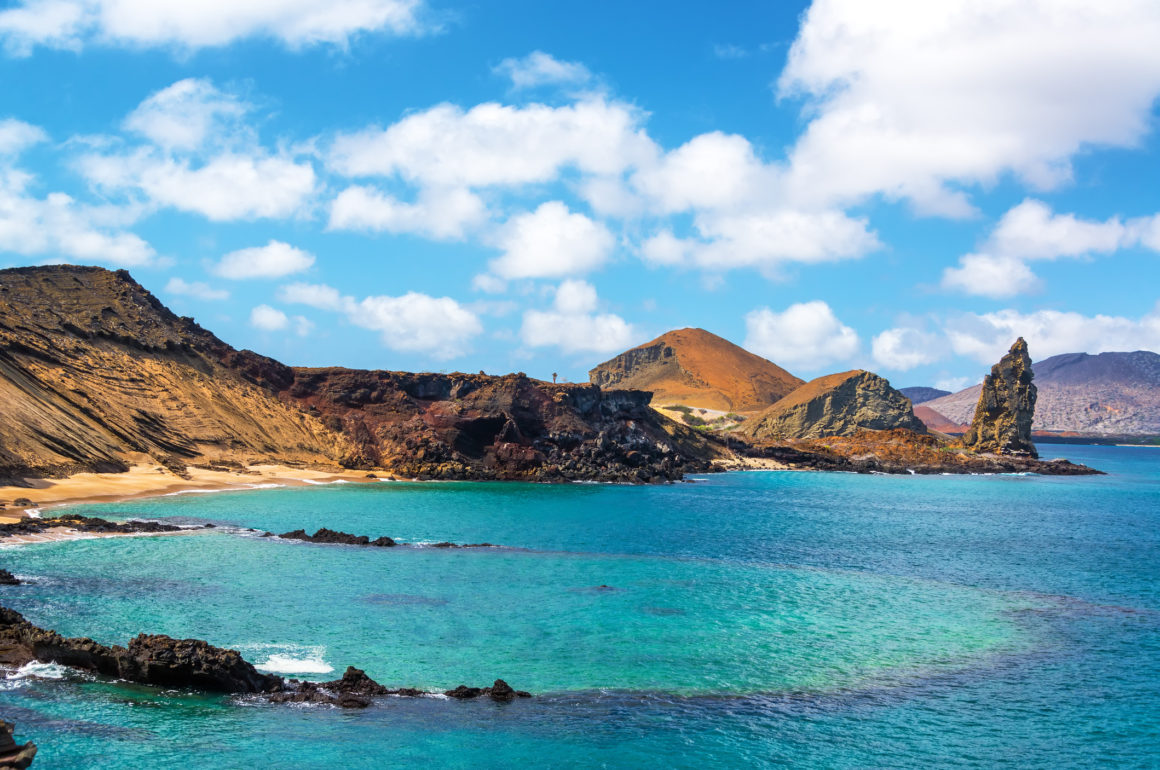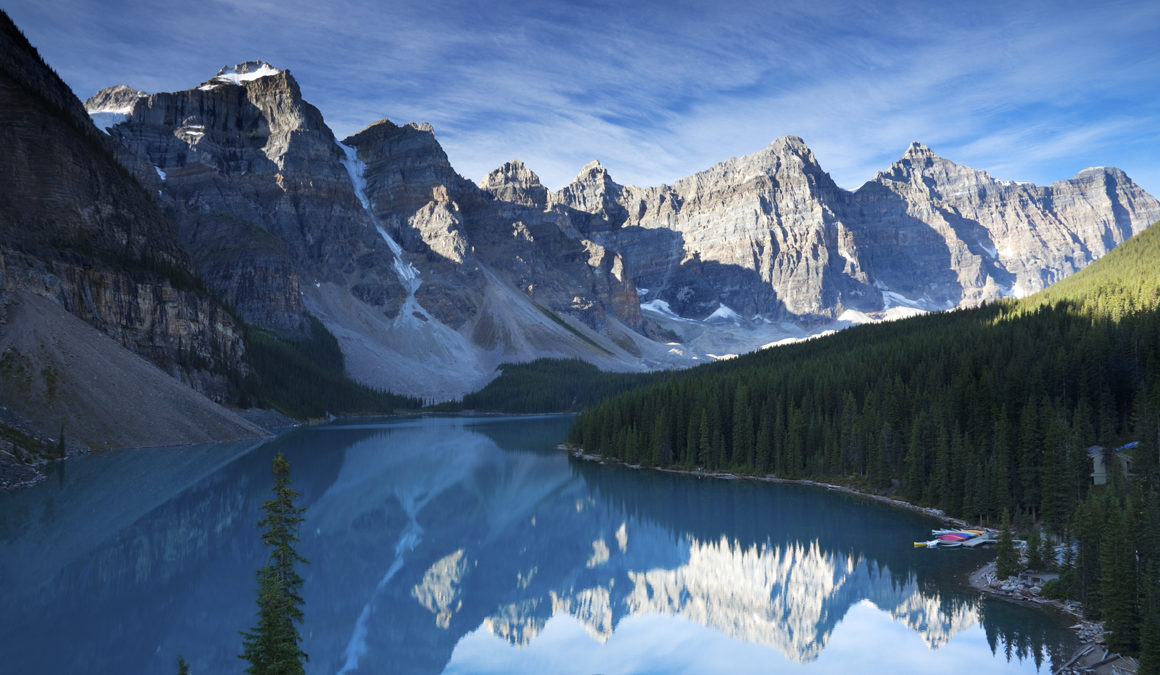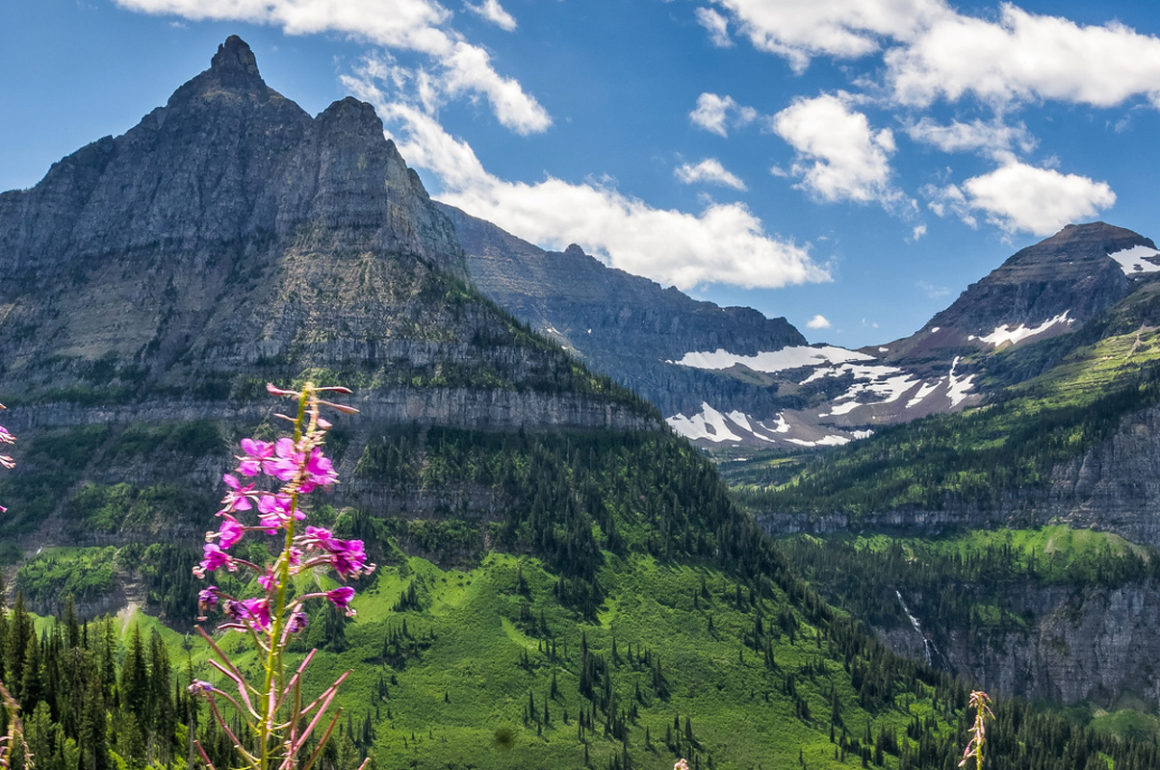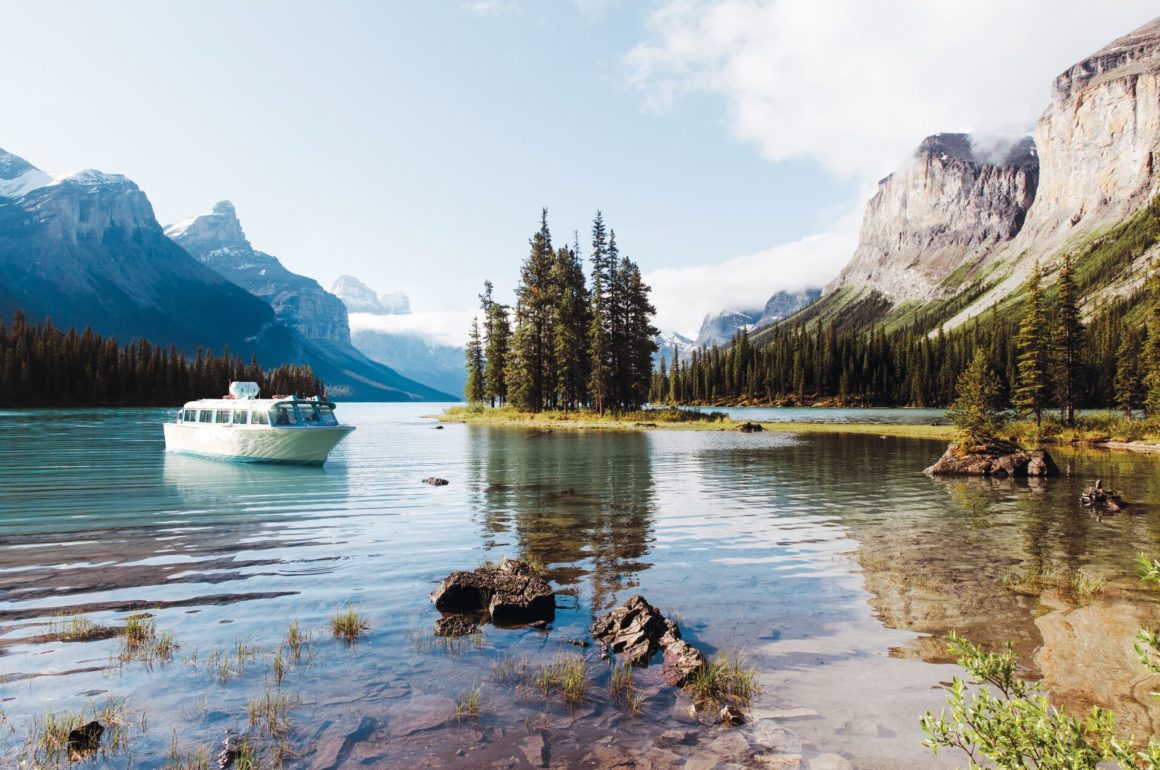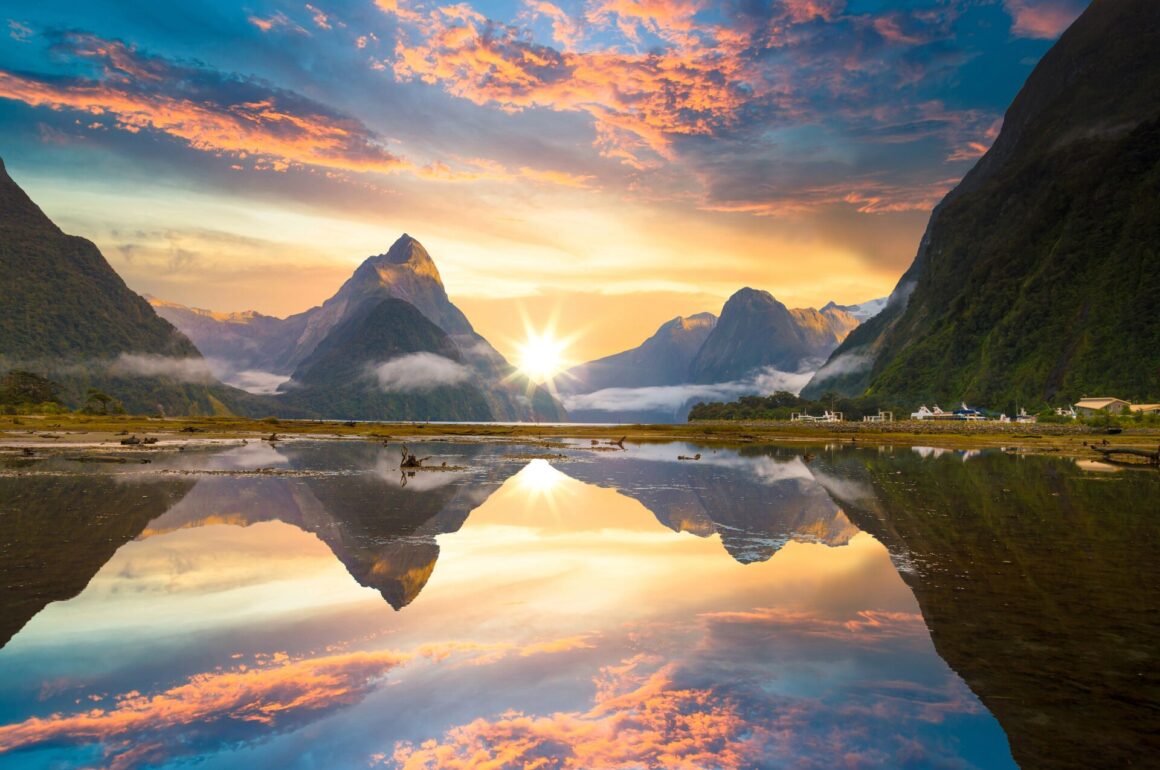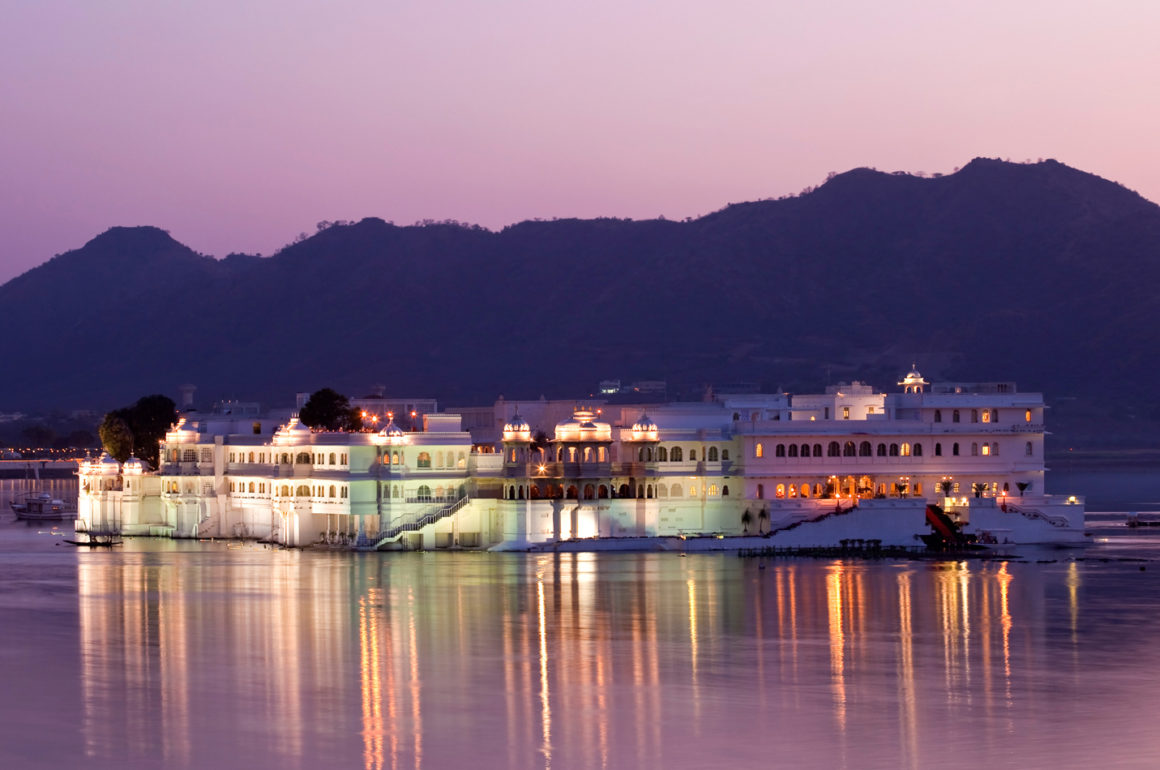A remote volcanic archipelago best known for its incredible wildlife, it took Charles Darwin’s 1859 work, On The Origin of the Species, to really put the Galapagos Islands on the map. As the area emerged into the public eye, the Galapagos became a protected site, with 97 per cent of its landmass given National Park status in 1959, and additional UNESCO designations bestowed in 1978. Thanks to these precautions, visitors today can still walk by giant tortoises, catch lizards sunbathing, and swim with bottlenose dolphins. To help you navigate this ecologically diverse and fragile territory (scattered over almost 18,000 square miles), we’ve put together the perfect guide that covers all the essentials, from geographical wonders to foodie delights.



